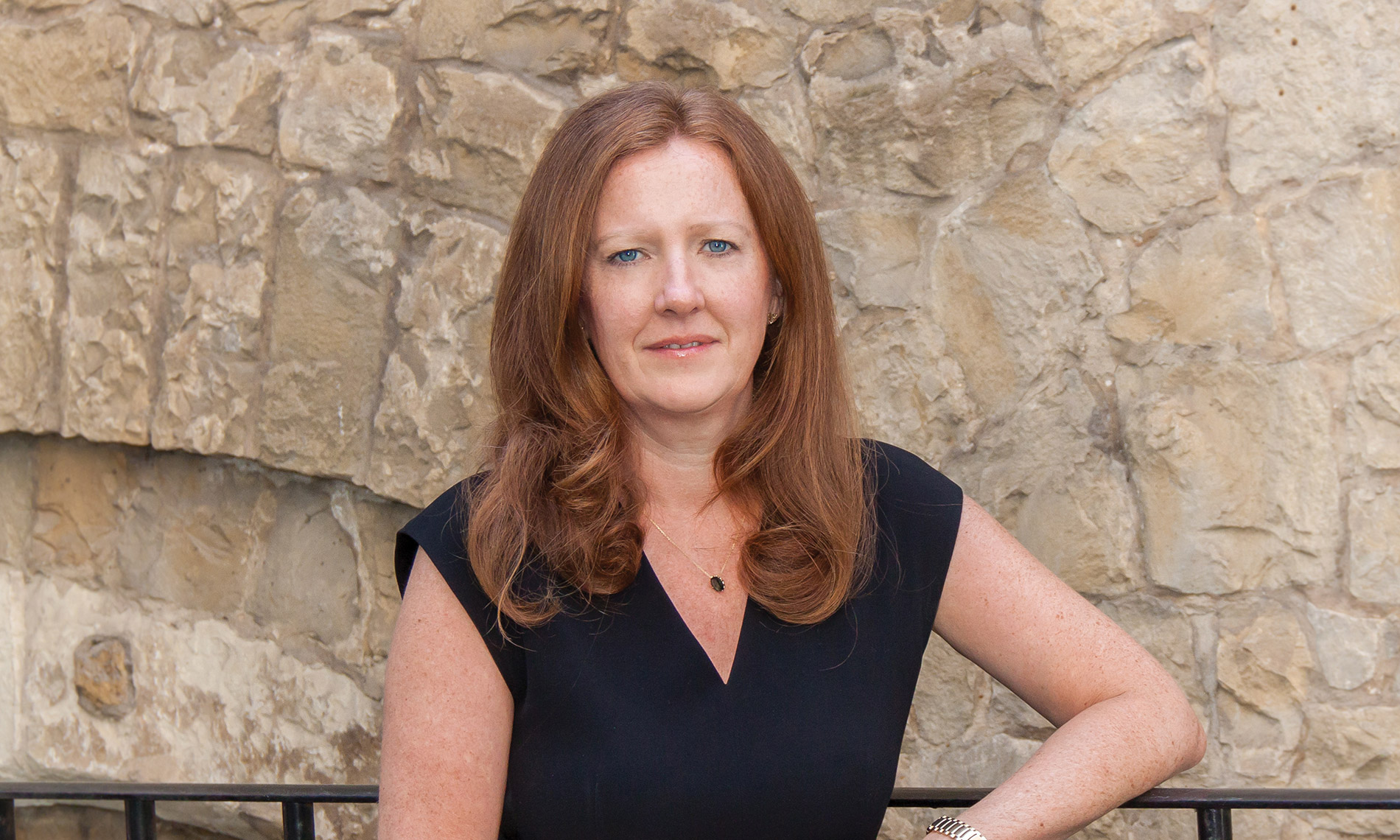
Despite Brexit, costs pressures and the loss of financial crisis work, reports of the commercial Bar’s decline are overblown. We identify the sets and the silks redefining the modern Bar
Everyone in the global business community seems to know that many of Britain’s brightest lawyers practise at the commercial Bar, helping to maintain London’s position as a world leader in litigation. Over the past decade, nearly 70% of cases in London’s commercial Court have been brought by overseas clients: Russia, Kazakhstan, Switzerland and the US routinely originate the most litigants.










